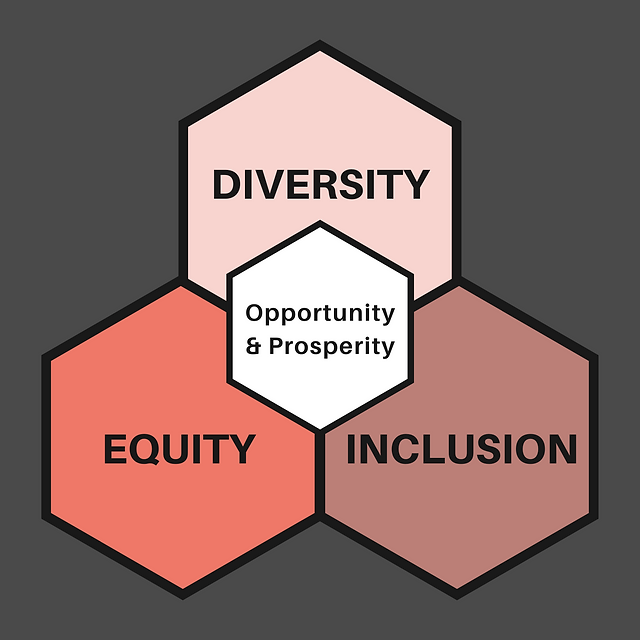The Importance of Diversity and Inclusion

06-07-2023
The LGBTQ workforce has experienced significant changes in how it identifies itself and its expectations regarding workplace inclusion. There has been a notable increase in racial diversity within the LGBTQ community, as well as a greater representation of women, transgender individuals, and individuals with diverse sexual orientations, particularly among younger generations. For instance, among LGBTQ employees under the age of 35, 28% are women of color, whereas only 2% of those aged 55 or older fall into this category. As a result, although many companies have implemented diversity, equity, and inclusion programs that have proven beneficial, they are no longer adequate to meet the evolving needs of this diverse LGBTQ workforce.
To enhance employees’ interactions with colleagues, direct managers, and leadership, diversity and inclusion (D&I) leaders should prioritize culture change within organizations. These cultural shifts are crucial as they impact what we refer to as the “1,000 daily touch points.” Negative interactions at these touch points can have significant consequences, including decreased productivity and increased likelihood of employees leaving their jobs. Studies show that employees who encounter more negative touch points are 40% less productive and 13 times more likely to quit their jobs. Therefore, it is imperative for D&I leaders to focus on fostering a positive and inclusive culture throughout the organization to improve these daily interactions and create a more productive and engaged workforce.
Companies are taking initiatives which is promoting diversity and equality in their organization. For instance, Infosys Limited is a leading multinational company based in India that specializes in providing a wide range of services including business consulting, information technology, and outsourcing. The company is taking efforts to enhance awareness and promote learning interventions in organizations are being reinforced through various means such as personal storytelling, expert interviews, blogs, and diverse perspectives. These initiatives contribute to strengthening the cultural fabric within the organization. By sharing personal stories, employees gain a deeper understanding of different experiences and perspectives, fostering empathy and inclusivity. Interviews with experts provide valuable insights and knowledge, allowing employees to expand their understanding of various topics related to diversity and inclusion.
The changing composition of the LGBTQ workforce, characterized by its diverse and multifaceted nature, poses challenges in terms of transforming organizational culture. However, within this complexity lies the solution. To effectively address the needs of LGBTQ employees, future diversity and inclusion (D&I) efforts must recognize and acknowledge the multiple personal attributes that individuals possess, in addition to their sexual orientation and gender identity.
By adopting a more holistic approach, organizations can create inclusive environments that consider factors such as race, ethnicity, age, gender, disability, and intersectionality within the LGBTQ community. This means understanding and addressing the unique challenges and experiences faced by LGBTQ individuals who belong to different racial, ethnic, or gender groups. By embracing this comprehensive perspective, organizations can ensure that their D&I initiatives are more inclusive, relevant, and impactful for all LGBTQ employees.
In addition to LGBTQ employees, it is important to note that straight Gen-Z and millennial employees, who will soon comprise the majority of the workforce, also place significant importance on an organization’s culture of inclusion. These younger generations are more attuned to the value of diversity and actively advocate for it. Consequently, companies that prioritize and excel in fostering inclusion can reap several benefits. These include enhanced financial performance, a culture of innovation and creativity, reduced employee attrition, and a highly engaged workforce. By embracing and promoting inclusivity, organizations can create a positive work environment that attracts and retains talent, drives innovation, and ultimately leads to overall business success.
